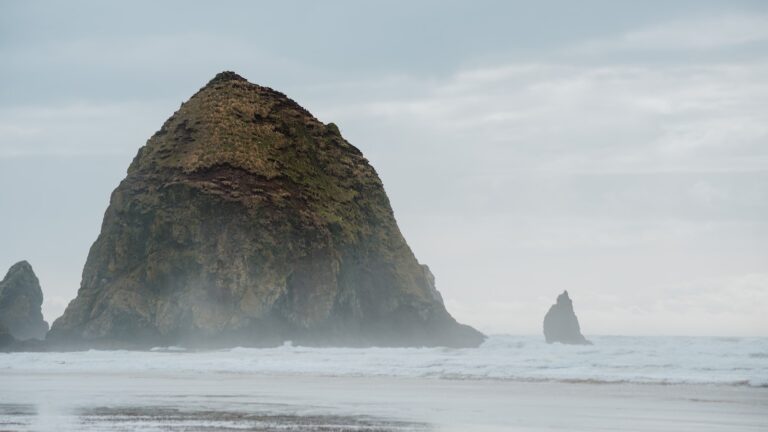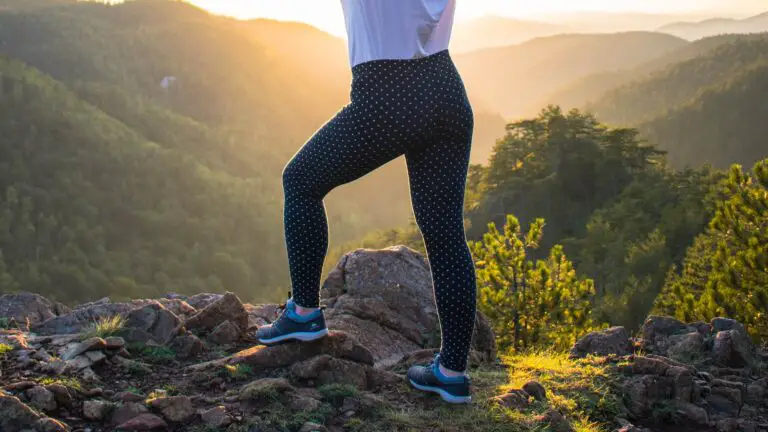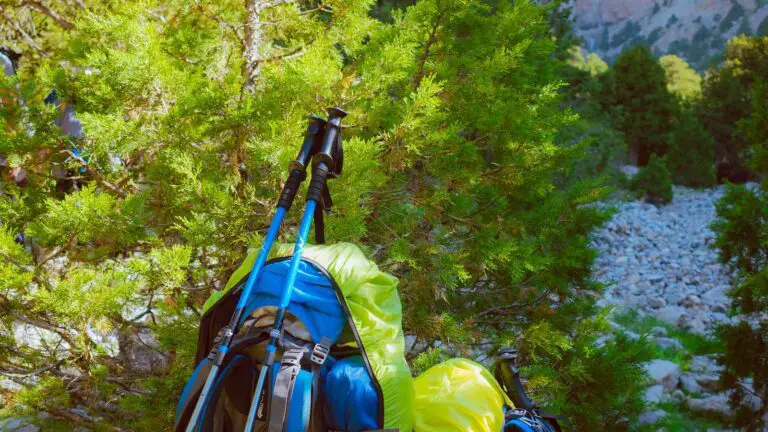DUMBEST beginner mistakes – HIKING & Backpacking (don't make these!)
packing because that extra weight can really slow you down on the trail. And speaking of weight, another mistake that beginners often make is carrying a heavy backpack. It’s important to pack smart and only bring the essentials. Trust me, your back will thank you later. Lastly, let’s talk about navigation. I’ve seen many hikers get lost because they didn’t properly plan their route or didn’t bring a map or GPS device. Always make sure you have the necessary tools to navigate and stay on track during your hike. Remember, learning from others’ mistakes can save you a lot of trouble in the long run. Happy hiking!






